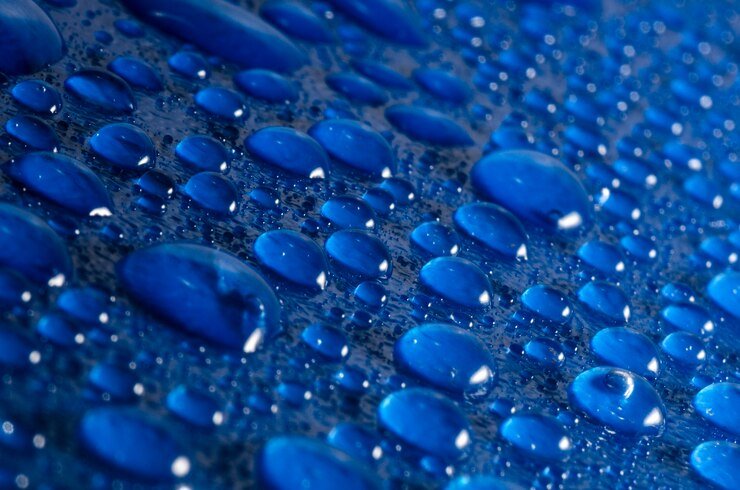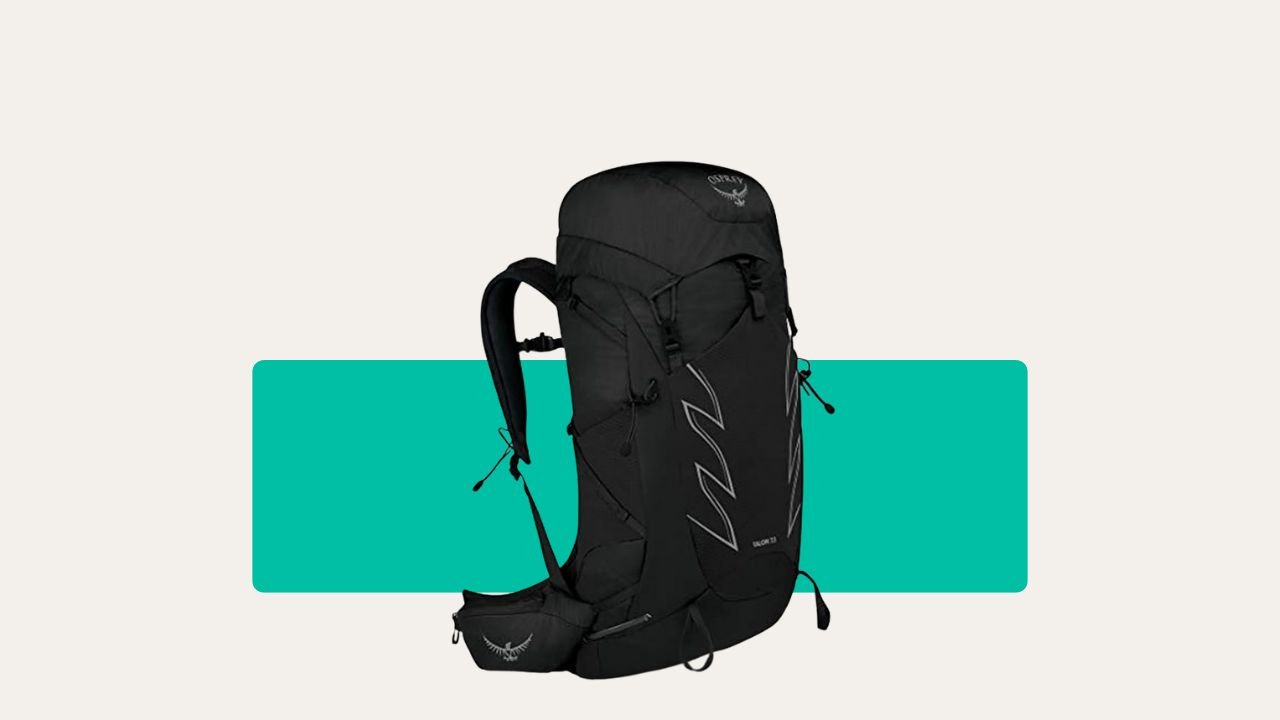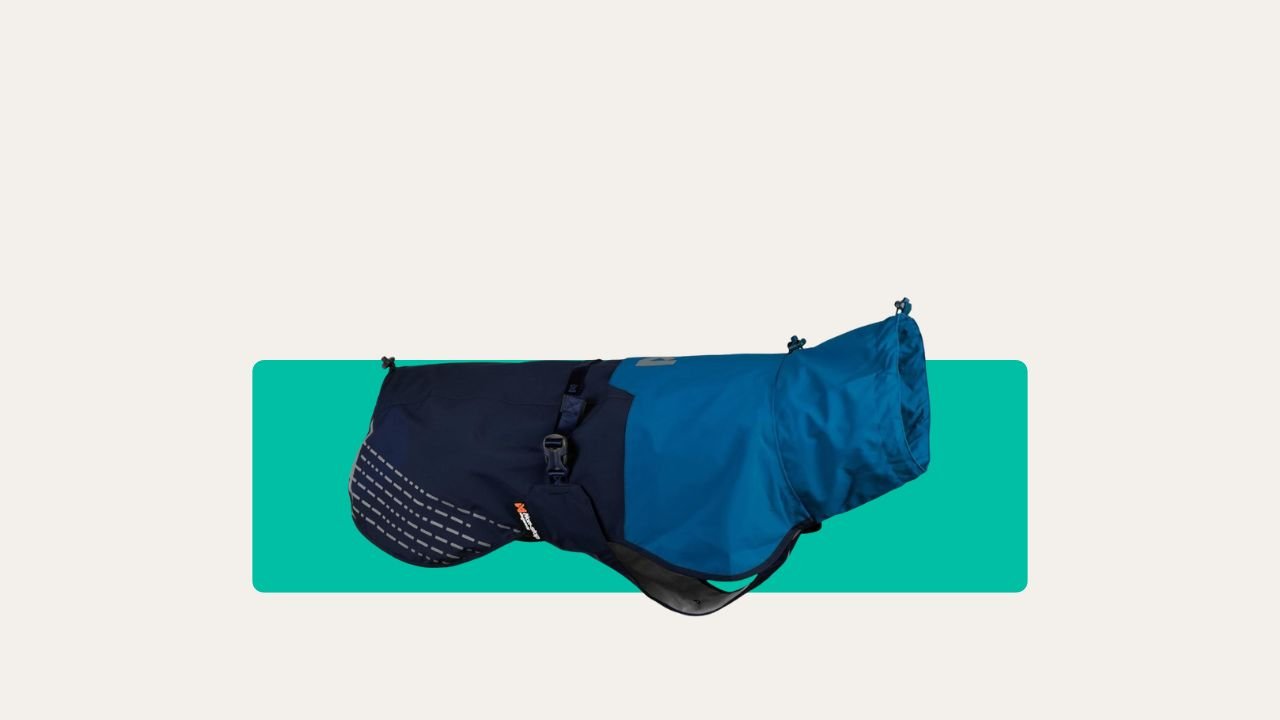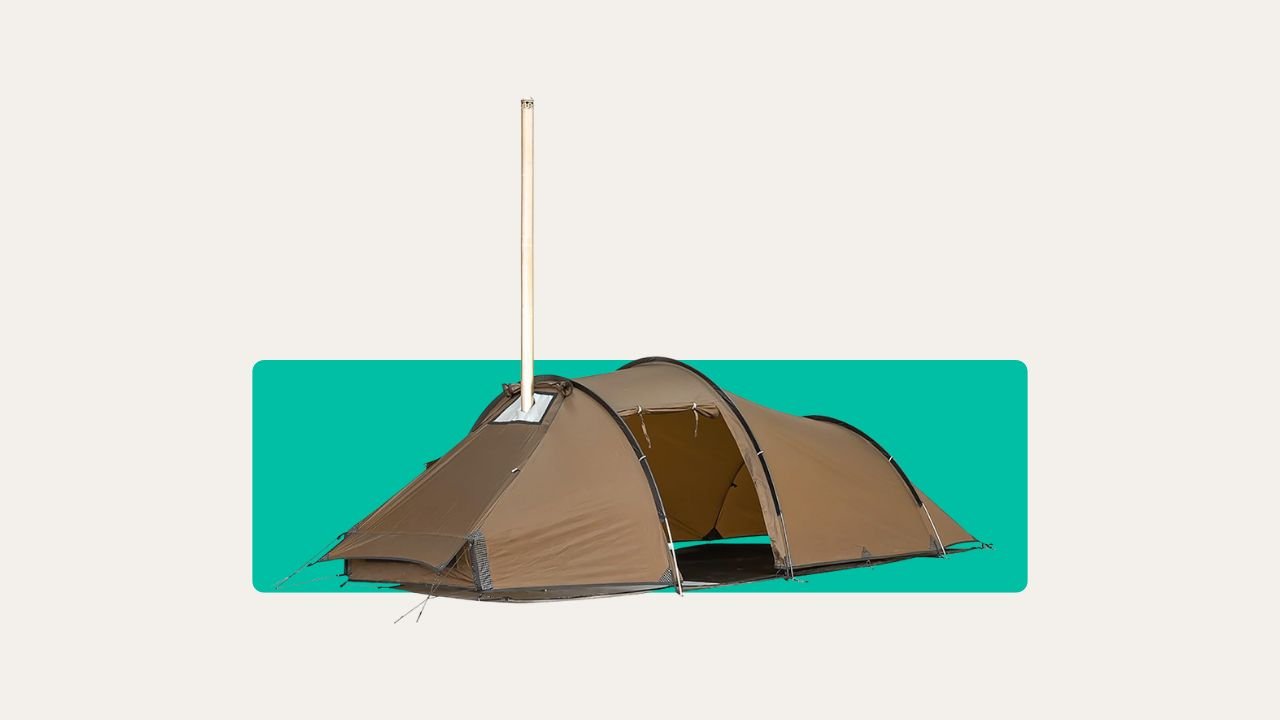Most folks think “Gortex” is a magic spell for staying dry outdoors. Buy the jacket, and you’ll never get wet again—right? Not quite.
As someone who’s been soaked in the Lakes and sweat-soaked over Dartmoor, let me set it straight. GORE-TEX isn’t wizardry, but it is the real deal when you need gear that fights off British rain and your own sweat.
What GORE-TEX Is?
GORE-TEX is a special fabric, famous in the outdoor world. Invented in the 1970s by Bob Gore and his family, the ePTFE (expanded polytetrafluoroethylene) membrane is the heart of it. Sounds complex, but what you need to know is GORE-TEX stops rain dead—but lets your sweat out.
Before GORE-TEX, we wore stuff like waxed cotton or rubber. I remember an old, waxed jacket stinking of sheep lanolin after a week’s camping in Wales. Effective against drizzle, useless in a downpour, and stifling if you dared to walk uphill. GORE-TEX changed that.
How GORE-TEX Works?
Here’s where the science gets practical. The GORE-TEX membrane is packed with over 9 billion pores per square inch. Every pore is about 20,000 times smaller than a water droplet but 700 times bigger than a sweat molecule.

So, raindrops can’t get through. But sweat vapour, which is much smaller, can escape. This makes a massive difference. You keep dry on the outside and less clammy inside, even marching uphill with a heavy pack.
GORE-TEX jackets and boots usually have more layers—like a tough outer fabric and a “DWR” coating (Durable Water Repellent) to help water bead. But that membrane is doing most of the work.
Where You Find GORE-TEX?
You’ll spot GORE-TEX in serious outdoor jackets, walking boots, gloves, ski trousers, even bivvy bags and hats. Look at any brand trusted by mountaineers—Berghaus, Rab, The North Face—and you’ll find a GORE-TEX line in their ranges.
A friend’s old GORE-TEX jacket once took her through an eight-hour Lake District storm. We were all drenched; her only complaint was needing a new hat. For gearheads, the label means you’re paying for more than hype.
Is GORE-TEX Waterproof?
Here’s the short of it—yes, GORE-TEX is genuinely waterproof. Not just “water-resistant”, which is code for “good until it really starts raining”. True waterproofing is being able to stand in Hammerfest-level downpours or sit out a soggy rugby match without water sneaking in through shoulders or seams.
GORE-TEX gear earns that title by the structure of the membrane and relentless lab testing. Products are water-jetted, stretched, crumpled, and frozen to breaking point. Only the survivors get to wear the name.
The “GUARANTEED TO KEEP YOU DRY™” stamp isn’t just marketing. If your GORE-TEX kit leaks in regular use, the company literally backs you up—often with a replacement.
GORE-TEX Waterproof Rating Explained
If you’re comparing jackets, you might spot waterproof numbers—like 28,000mm on a hang tag. That’s the “hydrostatic head” test, or how high a column of water the fabric can take before letting water seep through.
GORE-TEX usually rates between 20,000 to 28,000mm. For real-world use, that means even Scottish hill rain—where the air feels wetter than the ground—doesn’t stand much chance. Standard waterproof gear often taps out at 10,000mm, which can’t reliably stand up to a heavy, windy downpour.
Breathability counts too, scored as “RET” or “MVTR.” GORE-TEX isn’t always the record holder, but it breathes enough for active hiking. Less sweat means less chill.
GORE-TEX Versus Traditional Outdoor Fabrics
In the days before GORE-TEX, waterproofing meant compromises. Old waxed cotton? Heavy, needs regular re-waxing, and starts leaking at stress points. PVC or rubber? 100% waterproof—guaranteed sweat bath inside.
I once tried a budget plastic mac in Skye. I stayed ‘dry’, except for the puddle of sweat in my sleeves. With GORE-TEX, you keep off the weather and let your heat out—so you stay comfortable longer.
GORE-TEX also lasts. Older options like wax cotton can fray, crack, or lose waterproofing. Modern GORE-TEX jackets, if you reproof them every so often, can see you through years of camps and coast walks.
New Fabrics That Challenge GORE-TEX
There’s more choice now. eVent, Polartec NeoShell, Pertex Shield—they’re all chasing the same dream: 100% waterproof, 100% breathable, tough but light. Some, like eVent, do let out vapour slightly faster, which hardcore runners might prefer.

But most alternatives trade something. Cheaper fabrics might feel clammy. Some need more care or “wet out” quicker when the DWR layer wears off. For most campers, GORE-TEX keeps its spot as the safest bet for stay-dry kit in UK rain. If you’re on a budget or want super-lightweight gear, check out Pertex or NeoShell—but don’t expect miracles.
Picking GORE-TEX for Your Outdoor Kit
So, should you splash out for GORE-TEX? If you regularly hike, camp, or walk the dog through sideways rain, it’s an easy yes. For city wear or fair-weather strolls, cheaper waterproofs will do.
For wild camps in wet, cold, or windy spots—think Snowdonia, or the coast in November—go GORE-TEX every time. Choose jackets with pit zips for airflow, well-sealed seams, and hoods that actually fit over your head (and hat).
For boots, GORE-TEX linings work a treat in boggy conditions. I’ve had dry feet wading streams in Cumbria, thanks to solid boots with a decent GORE-TEX sleeve. But in hot, dry places, GORE-TEX boots can get sweaty—so choice depends on your destination.
Gloves and hats with GORE-TEX? Brilliant if you’re poking tents up in sleet or icy drizzle. For summer, you can skip it.
If you buy second-hand and the waterproofing seems off, a wash and a new DWR spray can bring the jacket back to fighting form.
Conclusion
Is GORE-TEX truly waterproof? Yes—when it’s looked after, and you buy from a decent brand. If you want reliable dry gear for British camping, hiking, or dog-walking, GORE-TEX still sets the standard. It’s trusted by guides, mountain rescue, and everyday campers for a reason.
Just remember: no jacket is invincible. I’ve had water come down my sleeves when I forgot to do the cuffs up. Check your seams, use fresh DWR spray sometimes, and look after your kit.
If the weather looks filthy and you fancy a stormy camp, GORE-TEX is the friend you’ll be glad you brought along. It won’t make you invincible, but it’ll keep you smiling—no matter what the clouds throw at you.
If you want more info on how to pick the right jacket or maintain your gear, check our best waterproof jackets for UK camping guide.
Stay dry, pitch strong, and don’t trust the forecast!








